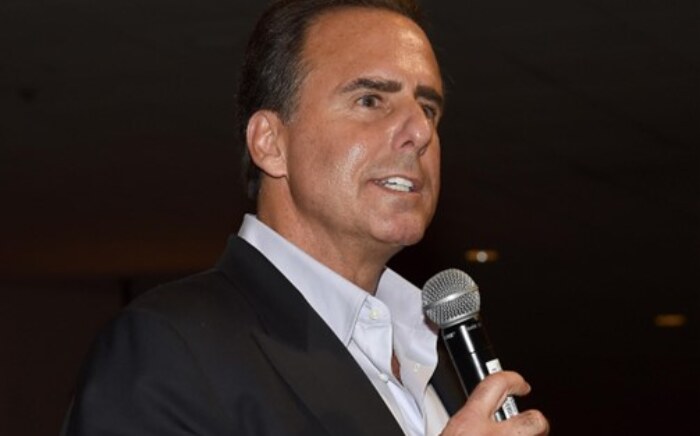Over the past year, heavy borrowing and a pandemic hangover caused many enterprises to accumulate corporate debt. High debt levels can negatively affect stockholder returns, so if the debt is getting in the way of an organization’s growth, it’s time to pull out the stops in managing it.
Your job as CEO is to keep the enterprise moving upward all of the time.
When restructuring to get out of debt, all activities should use a template around three pillars: cash management, employee satisfaction (e.g., culture, buy-in, impact), and customer satisfaction. All three pillars need to be improved upon concurrently, all of the time. Like a three-legged stool, restructuring out of debt and running the organization should be a balancing act that does not cut one of the legs too short.
Cultivate Employee Satisfaction and Engagement
An organization is only as powerful as the people who work at the company. Therefore, it’s the CEO’s #1 role to get people excited. Everyone on the team needs to be wholly committed to the company’s success.
Teams are the lifeblood of organizations with proximity to day-in-and-day-out operations. Therefore, the senior team always knows what the gaps (or issues) are. Sit down with the teams and determine the things that the company does right, establishing quality principles. For example, I like to organize Lean Sigma Six events to utilize positive energy tools and promote collaboration. After a session like this, you and your senior team must agree on what needs fixing. Create a solid strategy from these needs and principles that can generate traction to begin the organization’s turnaround.
Throughout my years at Hertz and Caesar’s, I frequently conducted skip-level reviews to understand all levels of the business better. “It’s critical that leaders spend a lot of time where the work actually gets done—that they get into the guts of the business and see what happens there. The further down the chain you go, the easier it is to see how your strategy might not work the way you’d intended. You might even discover that the strategy itself is backward. You always walk away with a new insight or a new opportunity,” I said in a 2013 McKinsey interview about leading in the 21st century. I believe this always rings true with EX, engagement, and organizational improvement.
Besides skip-level reviews, I also sent out confidential annual surveys to see how my organizations could improve EX and give back on things people valued. For example, when I was at Caesars, we re-implemented 401(k)s and extended maternity leave based on employee feedback.
When leading companies, I champion positive energy. This approach helps the company thrive, which in turn improves the cash flow.
Improve Customer Satisfaction
Customer satisfaction is a litmus test for the strategy that you have championed. Customer satisfaction is measurable via metrics, such as CSAT (Customer Satisfaction) score, churn, customer acquisition cost, and word-of-mouth marketing. Other tangible results include an increase in customer retention, engagement, and loyalty.
The Internet makes it hard to have the advantage, but you always have to be thinking of new ways to engage customers and incentivize loyalty. Ideas for CX and engagement all come from the creativity which springs from positive energy.
I’m known for my brainstorming sessions. In meetings, I like to start by talking about all of the good things that happened in the past two weeks and call out employees with compliments and props for great ideas and actions. Then I ask for ideas on problems that need to be solved. Employees should be rewarded for finding new ways to engage the customer.
When restructuring a business and focusing on rolling out or evolving into a strategy, customer satisfaction and loyalty are critical to the enterprise’s success.
Assess and Evaluate with Cash Management
If you happen to inherit a company that’s in debt, you have to run the business for cash. Focus on its cash flow. Revenue needs to cover expenses — without cash, the debt load will only increase.
Hone in on working capital, including inventory, accounts payable (vendors and suppliers), and accounts receivable (customers). Focus on these three things like a laser beam. To minimize cash on hand, revisit vendor relationships. Empower your team to cut costs by doing basic things like evaluating inventory and restructure vendor contracts with better terms and pricing.
Restructuring a business to get out of debt is a boots-on-the-ground transformation that will help fortify it for the future. By balancing the three-legged stool around pillars of employee satisfaction, customer satisfaction, and cash management, organizations can stage an effective turnaround that sets them up for a best-case scenario and improved financial health.





